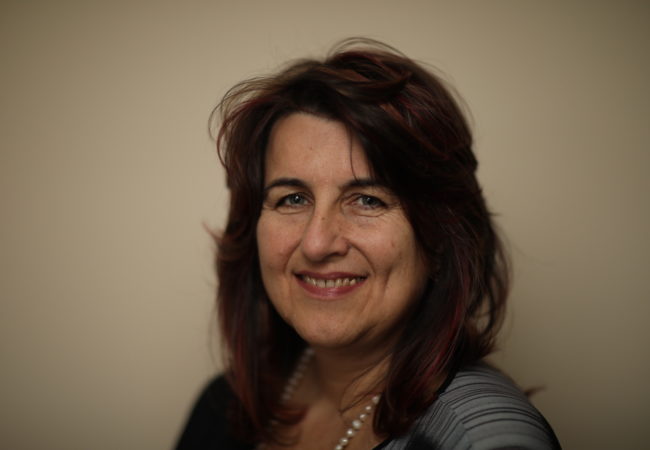
Sustainability is not a new concept, but it is deeply topical now more than ever. Here are my thoughts on why I feel we as enterprise educators could and really should link our teaching more closely to sustainability – creating sustainable businesses fit for the future!
The United Nations published sustainable development goals (SDGs, 2015) that address 17 key aspects of our lives. However, in 2020, they are still not widely known nor properly implemented by businesses and citizens across the world. I teach the goals in every module, as sustainability is always relevant. I am sharing with you three points close to my heart: they address the cognitive, emotional and behavioural aspects of sustainability:
1) From the moment we consider a new product or service, as a start-up or within an existing organisation, we should consider sustainability. This point addresses the cognitive aspect, how we think about sustainability and our attitudes towards it. (cutting across many SDGs, in particular see goal 17 – Partnerships for the goals)
In my book Start Up (Hill, 2015), I discuss the Business Model Cube; this is a business model in the shape of a dice illustrating the interconnectivity of the most important six business elements (including governance and impact evaluation) essential for a sustainable start-up.
For me, sustainability means for businesses that:
a) they are financially viable, which needs no further explanation.
b) Businesses need to be mindful of their social impact and reduce negative impacts of their actions. Negative social impacts include paying wages so low that an employee needs another job to make ends meet. This has negative implications for their work-life balance and will most likely impact the employee’s productivity in their original low paid job. Conclusion – paying a decent living wage is good for business!
(c) The last aspect of sustainability concerns environmental impact. Businesses should be set up so that limited resources are used as little as possible, and replenished. Green IT companies, for example, plant a number of trees in proportion to the energy they use.
2) “We are visitors on this planet. (…) if you contribute to other people’s happiness, you will find the true meaning of life.” Dalai Lama XIV.
This point addresses the emotional aspect, how we feel about sustainable living and connection with others.
(for example, SDG goals 11 – Sustainable cities and communities and 3 – Good health and well-being)
In my teenage years I started to support those that are less fortunate, starting with youth work in my local parish. Today, economic empowerment and better education are causes I care for, bridging gaps as Prince’s Trust mentor and Chair of launch panels. What do you do to bridge gaps?
3) Live sustainability –
This point addresses the behavioural aspect, how and where we buy, what we buy and consume, and how we use transport).
(for example, SDG goal 12 – Responsible Consumption and Production).
The lockdown has focused our movements locally – so many of us rediscovered our local valleys and parks, instead of going out to restaurants and cinemas. Personally, my walks along the canal got longer, and I discovered beautiful corners unknown to me.
I now shop more locally than before, particularly as it is increasingly important to sustain microbusinesses.
As an enterprise educator working at the Royal Agricultural University’s School for Business and Entrepreneurship, I am grateful for the opportunity to talk about the SDGs frequently. The rural economy offers many great examples of the continuous change of production and diversification, including news ways of hospitality with co-creation.
Dr. Inge Hill, Director Enterprise Educators UK, Fellow Enterprise Educators UK, lecturing at the Royal Agricultural University
